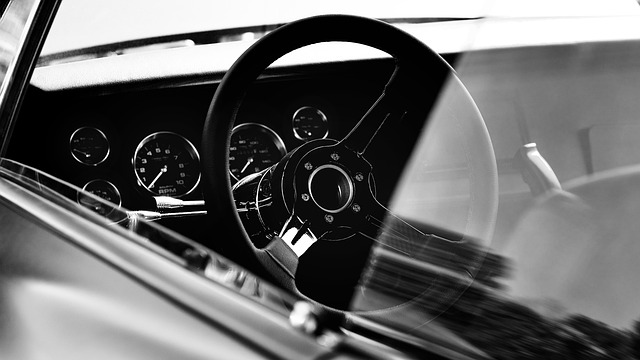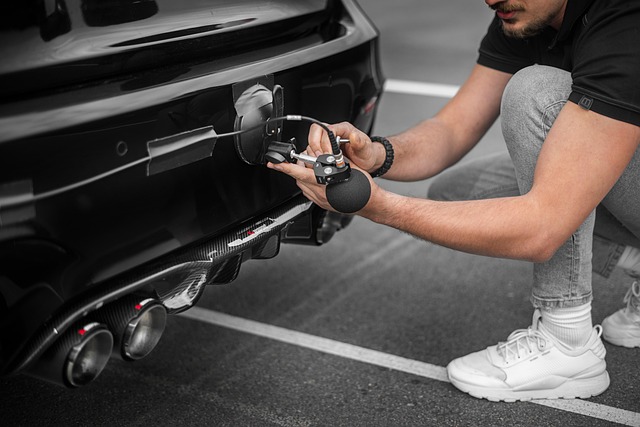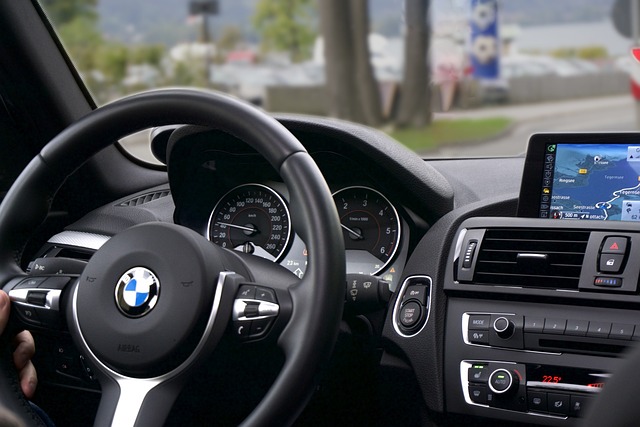Learn how to register your car in California with our step-by-step guide. This process ensures you comply with state regulations, including understanding crucial requirements, gathering essential documents, and undergoing a DMV vehicle Identification Number (DMV VIN) verification. By following these clear instructions, you’ll efficiently navigate the registration process, securing your vehicle’s legal status in no time. Remember, a proper car registration is key to safe and legal driving in California.
- Understand California Car Registration Requirements
- Gather Necessary Documents for Registration
- Perform DMV Vehicle Identification Number (VIN) Verification
- Submit Application and Pay Fees at DMV
- Receive Your Registration Certificate and License Plate
Understand California Car Registration Requirements

Before registering your car in California, it’s crucial to understand the state’s specific requirements for car registration and vehicle identification number (VIN) verification. The California Department of Motor Vehicles (DMV) mandates that all vehicles operated within the state must be properly registered and have a valid VIN inspection. This process ensures the safety and legality of vehicles on California roads.
A key aspect is ensuring your car’s VIN is accurately verified by a trusted source, such as a mobile vin verifier or through a mobile vin inspection service. These services streamline the verification process by providing immediate results, which can be easily submitted to the DMV during the registration. By adhering to these requirements, California residents ensure their vehicles meet safety standards and comply with state laws, facilitating a smooth registration experience.
Gather Necessary Documents for Registration

Before you begin the registration process, it’s crucial to gather all the essential documents required by the California Department of Motor Vehicles (DMV). This includes your vehicle’s registration from the previous state, a valid driver’s license, proof of insurance, and perhaps most importantly, the Vehicle Identification Number (VIN) verification. Conducting a DMV VIN verification is a key step in ensuring that your car’s history is accurately represented, which can be done conveniently through mobile vin inspection services.
Additionally, you’ll need a completed Application for Title and Registration form, available from the DMV, along with any necessary fees. If you’ve recently purchased the vehicle from an individual, you might also require a Bill of Sale signed by the seller. Having these documents ready will streamline the registration process and help avoid any potential delays or complications.
Perform DMV Vehicle Identification Number (VIN) Verification

After gathering your necessary documents, it’s crucial to perform a DMV Vehicle Identification Number (VIN) verification. This step is essential for ensuring that the vehicle you’re looking to register is legitimate and free from any legal issues. You can complete this process online or in-person at a California Department of Motor Vehicles (DMV) office.
A mobile VIN inspection or verification, as it’s sometimes called, involves using a specialized tool to cross-reference the VIN with the manufacturer’s records. This ensures that the vehicle’s history is clear and up-to-date, including any accidents, outstanding loans, or tampering. By completing this simple step, you’ll be one step closer to legally registering your new car in California.
Submit Application and Pay Fees at DMV

Once you have gathered all the necessary documents, it’s time to submit your application and fees at the DMV. This crucial step involves filling out a vehicle registration form, providing proof of insurance, and ensuring your car passes a comprehensive vin inspection. The process can be streamlined with services like mobile vin verification, which allows for a convenient and efficient vin inspection right from your location.
At the DMV, you’ll need to pay the applicable fees, which cover registration, title transfer (if applicable), and possibly emissions testing or other state-mandated charges. After processing your application and verifying your vehicle’s details through a digital VIN verification, the DMV will issue your car’s registration papers. This ensures that all legal requirements are met, and your vehicle is officially registered in California.
Receive Your Registration Certificate and License Plate

After completing your car’s registration at the DMV, it’s time to receive your important documents. You’ll be issued a Registration Certificate, which verifies that your vehicle is officially registered with the state. Along with this certificate, you’ll also obtain a set of license plates for your car. These plates are crucial for identifying your vehicle and must be displayed on your car at all times.
To ensure everything is legitimate, it’s advisable to conduct a DMV VIN verification using the Vehicle Identification Number (VIN). This process allows you to confirm that the registration details and specifications match the vehicle’s actual characteristics. If you prefer a more convenient approach, consider utilizing mobile VIN inspection or a mobile VIN verifier, which can provide instant results without requiring a visit to the DMV.
Registering a car in California involves understanding specific requirements, gathering essential documents, and completing necessary procedures like DMV VIN verification. By following these steps—from preparing your documentation to submitting applications and paying fees—you’ll be on your way to securing your vehicle’s registration and receiving its unique license plate. Remember, accurate and timely compliance with California’s car registration processes ensures legal operation of your vehicle on state roads.
